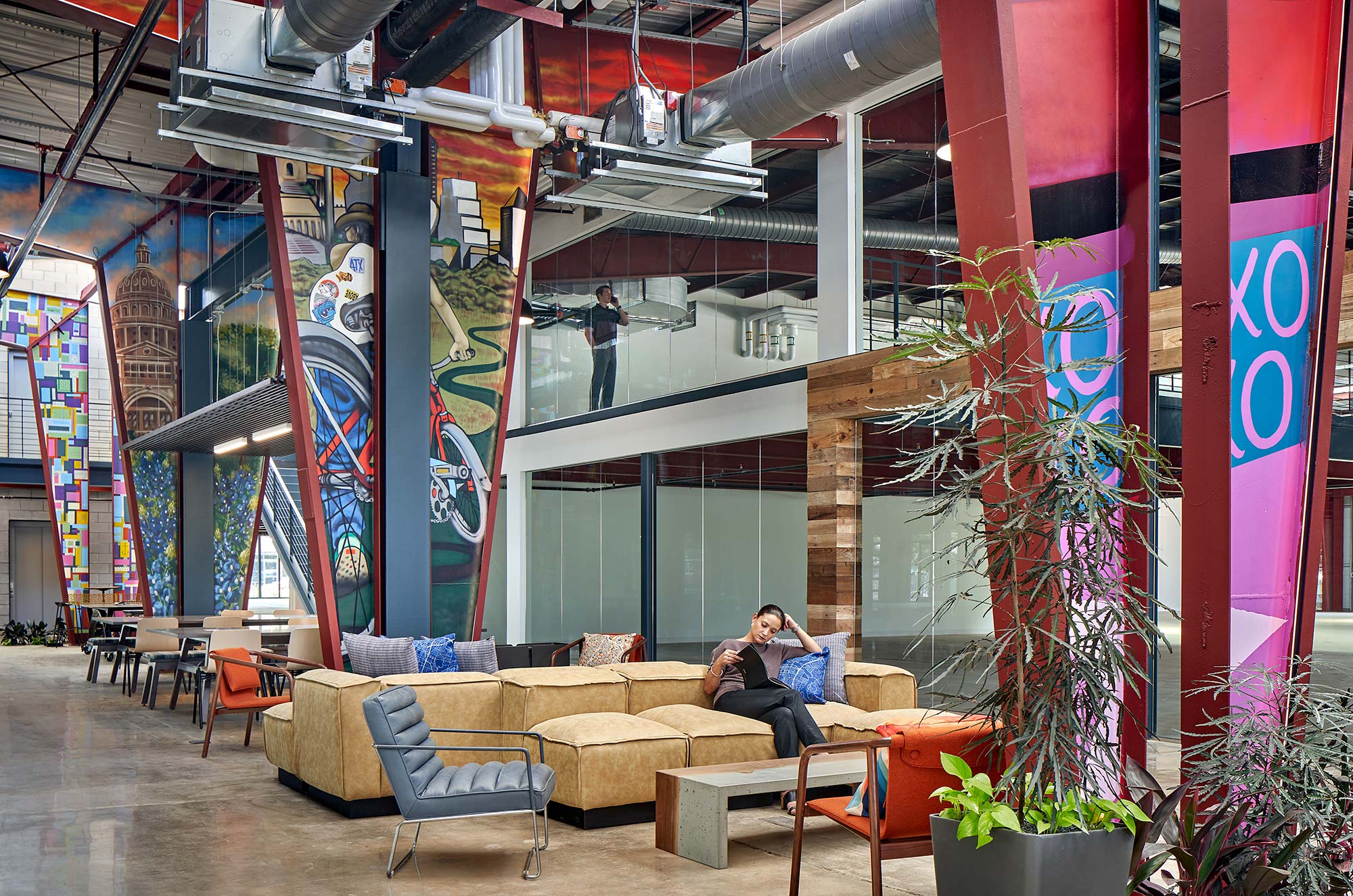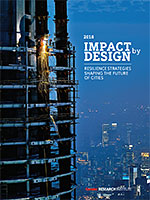Building a new building, neighborhood, or city is one challenge — working with what already exists is a very different one, and one with a significantly larger potential scale of impact than just focusing on new buildings if treated correctly.
Why? Because optimizing the performance and operational impact of a building is just one part of the equation that adds up to overall carbon and climate impact.
It is imperative that we develop strategies to improve the performance of our existing buildings without tearing them down. Particularly in cities within highly urbanized countries — for example, over 80 percent of the US population already lives in metropolitan areas. A rough rule of thumb: it takes approximately 20-30 years of a typical building’s operations to equate the same amount of energy usage required to create the building from a materials and construction perspective, and upwards of 80 years for the additional energy of an average LEED building to make up for the impact of having built it in the first place.

The repositioning of this warehouse into a multi-tenant creative office space, named UpCycle, preserves a piece of East Austin history in what is essentially a new office building. The design reused 95 percent of the existing structure.
That means for it to be worth tearing down and building a new building, at a minimum you have to expect the new building to offer significantly better energy performance than the existing one — and to be in use for quite a long time. Keeping existing building materials/forms while optimizing systems is almost always the ideal solution.
This doesn’t just mean historic preservation — the majority of our existing buildings are not historic, and many may not even seem worth saving from an aesthetic perspective. But significant design interventions can present a whole new character or experience for users without starting over. These “hacked” buildings can be the best of both worlds — preserving materials to reduce environmental impact while adjusting the building’s form to accommodate new use cases or operational realities.
In Impact by Design 2018 we introduce Strategies for Positive Impact: a collection of six major areas that have the greatest potential for positive climate impact in the coming years.
